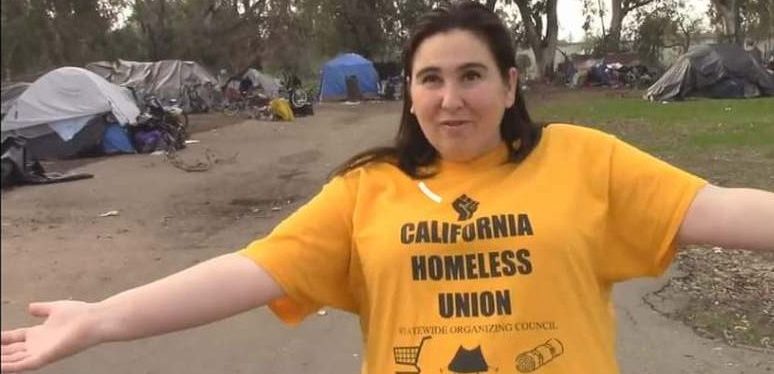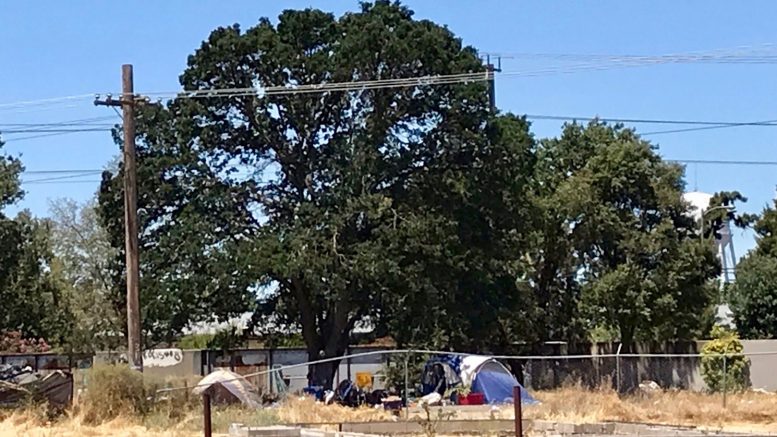Editor’s note: City and county leaders are pointing fingers after winter storm devastates Sacramento’s unhoused
In one of his first big moves as mayor, Darrell Steinberg called a rare joint meeting in early 2017 of the Sacramento City Council and Sacramento County Board of Supervisors to coordinate on homelessness.
It led to the county putting up $44 million in state mental health money it had been hoarding and elected officials pledging more cooperation to help thousands of people on the streets.
Four years later, however, the blame game is back after at least two homeless people died during the severe winter storm on Jan. 26.
During the council meeting in the middle of the deluge, Steinberg angrily pointed to county rules on opening warming centers. “There’s a huge storm out here. People are gonna die tonight,” he said. “We can’t get a goddamn warming center open more than one night because the county has rules? I’m sick of this.”
The next day, on Jan. 27, the City Council held an emergency meeting where it voted unanimously to immediately open the downtown library as a warming center and open two city garages as safe places for people living in their cars. The council also allocated $1 million to open more warming centers the rest of the winter and could approve more money at its meeting Tuesday night; the city expects to be reimbursed by the Federal Emergency Management Agency. The council also directed the city manager to increase city-funded vouchers for motel rooms; the city says it has housed 250 people in motels since Dec. 18, as well as those in trailers at Cal Expo.
And council members formally declared an extreme weather emergency and committed to developing the city’s own standards for opening winter warming centers that don’t require below-freezing temperatures.
Steinberg pointed out that while it stayed in the 40s during the storm, high winds and rain destroyed homeless encampments. “Common sense tells me that whether it’s 32 degrees or 35 degrees or 40 degrees or 45 degrees, it’s cold,” he said in a statement. “I want to bring people indoors. I want multiple sites open now and every night until the end of winter.”
But two days later, on Jan. 29, Sacramento County officials pushed back.
In a lengthy statement on their “winter response for homeless,” the county said that its rules for a countywide weather emergency don’t limit any city from opening a warming center when it sees fit.
County officials also said they had approved $600,000 more last month to add 60 rooms to expand their motel voucher program for weather emergencies—and argued that it’s better than warming centers because it offers several nights, affords privacy and allows partners to find unhoused people who otherwise wouldn’t be helped.
The countywide winter weather response is triggered when temperatures drop to 37 degrees or lower for two or more days within a five-day span; when there is rain for two or more consecutive days; or when there is one day of rain combined with nighttime lows of 32 degrees or less.
Even with the back and forth, county officials pointed out the county, city and Sacramento Steps Forward—the nonprofit that leads regional planning on homelessness—have worked together during the COVID-19 pandemic to help more than 1,500 homeless persons and so far have limited positive cases to less than 50 people.
“Sacramento County is in the midst of a challenge it has not seen before,” the statement said. “Between severe weather events, a continued public health pandemic and housing instability, the challenges of responding to the needs of the homeless population are greater than ever.”
On Monday, however, homeless advocates announced a candlelight vigil Friday night at City Hall, followed by a march to the county office building to demand that supervisors take emergency action.
“It is tragic that it took the deaths of three of our unhoused neighbors for the Mayor and City Council to act with a sense of urgency and abandon the weather criteria to open warming centers, which we have been demanding for the past five years. Sadly, the Board of Supervisors has failed to act with the same sense of urgency,” said Joe Smith, advocacy director for Loaves & Fishes, said in a statement.
More than 90 homeless persons died last year. Because of the pandemic, the city and county have asked to opt out of this month’s point-in-time homeless count until at least 2022. The 2019 count found that on any given night, 5,570 people are experiencing homelessness.

Meanwhile, the Sacramento Homeless Union squarely puts the blame on the mayor. On Sunday, it gave Steinberg 72 hours to resign or face a recall campaign. The advocacy group also called on the mayor to resign as chairman of the state Commission on Homelessness & Supportive Housing and is seeking a criminal investigation.
“We are fed up. The broader community is outraged,” union President Crystal Sanchez said in a statement. “Sacramento is a failed state and we’re holding Steinberg accountable.”
After Steinberg refused to resign, the homeless union announced it would launch a recall effort. Once a recall petition is approved, proponents would have to collect the signatures of at least 10% of the city’s registered voters (at least 28,340, based on the latest count) within 160 days.
Steinberg says homelessness has been a priority for him from day one. On Monday, his office released a point-by-point list of what he has done in his four years in office.
Tuesday, he won council approval for a resolution to get 63 “tiny homes” up and occupied within 50 days. The city’s mid-year budget includes $1 million for the homes, which are expected to cost $10,000 each.
“I’ve done more than any public official in Sacramento history to address the issue of people experiencing homelessness, but obviously we must do much more,” he said in a statement. “I will continue my fight to get people indoors through whatever means necessary.”






He sure talks a lot and goes through a great deal of money, but that’s about it.